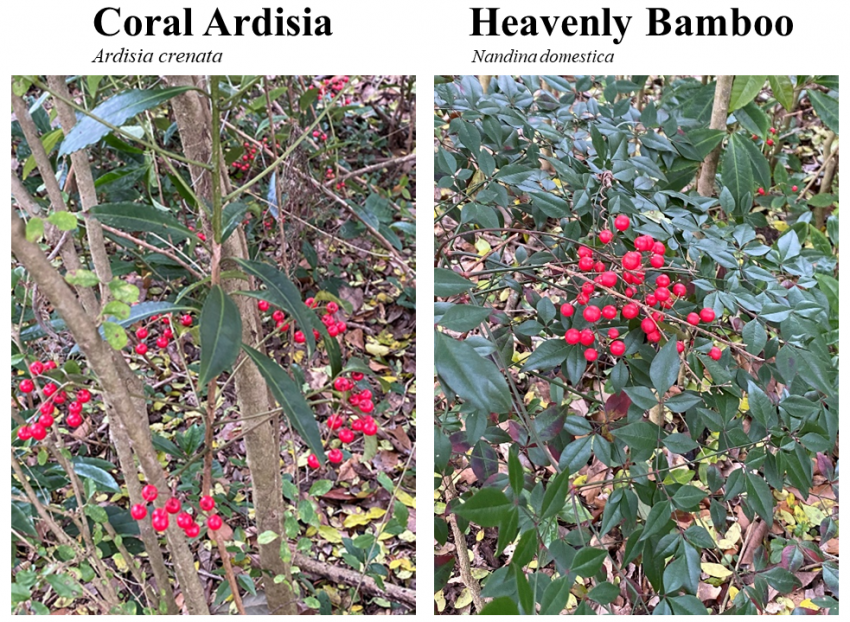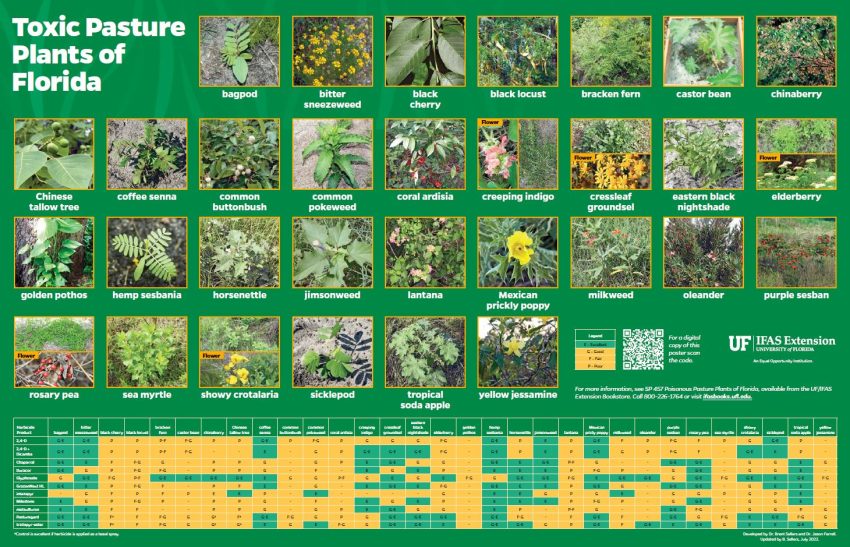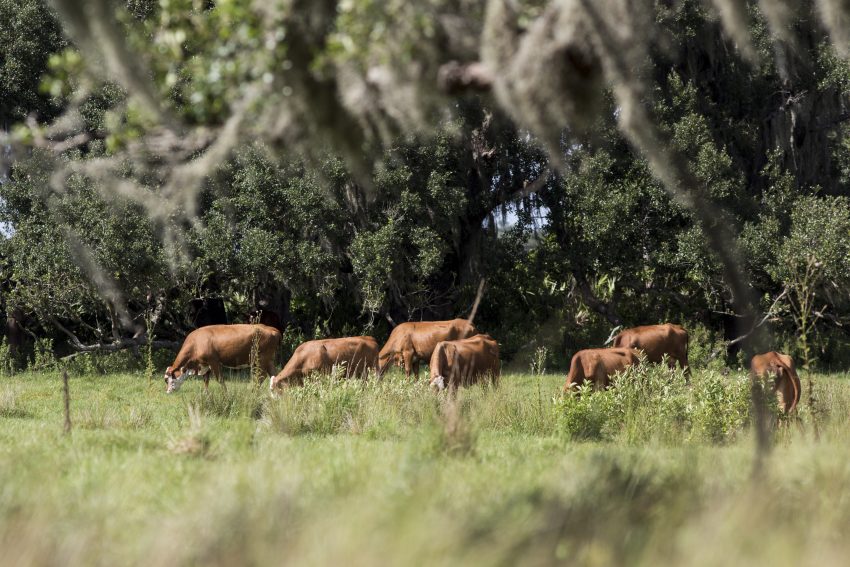While it may still be quite warm outside, it’s November. Summer is gone and with it our opportunity to efficiently manage this year’s crop of summer pasture weeds. That, however, is not the case for winter weeds. Now is the time to begin scouting and developing a plan for winter weed management. First and foremost, pasture managers must determine if they have winter weeds that warrant control efforts. If control is warranted, get a plan together and take action sooner rather than later. Winter pasture weeds typically are annual or biennial plants; control efforts are generally the most successful against young, newly germinated weeds and germination will begin when frontal rains start passing through.
–
It is important to scout your pastures to determine which weeds you have. If you are not familiar with what common winter weeds look like at germination, you can consult your local County Extension Agent for help with identifying weeds. There are also other resources available you can use like the Pasture Weed Identification Tool or the Weed ID by Color Tool. These tools are particularly useful if you can remember what the weeds you had last winter looked like. If you had them last year and did not control them, you will have them again this year. Positively identifying winter weeds will help you decide if control is necessary.
Deciding if you need to control weeds in a pasture is more than just an aesthetic decision. Some winter weeds can be safely grazed, while others cannot. Some weeds have acute toxicity, while the effects of others are more chronic. Also, some summer toxic weeds can stick around into the fall and early winter, when forage availability and quality is poor. Livestock may graze these summer toxic weeds to compensate for nutritional shortcomings. Also, some toxic weeds are perennial, these include Lantana, Coral Ardisia and Nandina Domestica. These plants are ornamental shrubs that are common in wooded areas and fence lines that are spread by wildlife. All parts of these three shrubs have toxic properties. While you may have some winter weeds that are not problematic, they do take up space that could be used for beneficial forages. Download the Florida Toxic Plant ID and Control Poster for help identifying poisonous pasture weeds commonly found in Florida.

Coral ardisia or Ardisia crenata (left) and Heavenly bamboo or Nandina domestica. Photo Credit: Ann Blount, UF/IFAS
–
Proper care must be given when selecting herbicides and timing applications for winter weeds. This is particularly true when overseeded cool-season annuals are involved. Broadcast applications of herbicides with a residual component made prior to planting cool-season annuals can cause problems. When cool-season annuals are present you can only use products labeled for “temporary grazing.” UGA Extension has a herbicide guide for temporary winter grazing weed control. These are mainly products with active ingredients of 2-4,D (various trade name products) or Dicamba (example Banvel), or a mix of 2-4,D and Dicamba (example WeedMaster). All these options are organo auxins and would require the applicator to follow the Florida Organo-Auxin Herbicide Rule, if spraying more than 5 acres. Seeding, grazing, and species restrictions exist for each of these options, and it is best to consult with your County Extension Office for assistance with selecting the best control option and rate.

Florida Toxic Plant ID and Control Poster, Photo Credit: Brent Sellers, UF/IFAS
–
Deciding whether to spray winter weeds is important. Not all winter weeds may be an issue for your pasture, and simply leaving them alone may be the most economically prudent course of action. However, there are other weeds that would necessitate spraying an herbicide(s) for control. Ultimately it is the job of the pasture manager to scout, properly identify, and then make the best management decisions and plan for winter weeds in their pastures. But don’t wait until late spring at flowering or maturity, because control will be significantly decreased.
- Managing Wild Hogs in theFlorida Panhandle: Strategies for Farmers and Landowners - October 24, 2025
- 2025 Small Ruminant Grazing Field Day – November 5 - October 3, 2025
- After an Eventful Winter, Inspect and Prepare Equipment for the Growing Season - April 11, 2025

